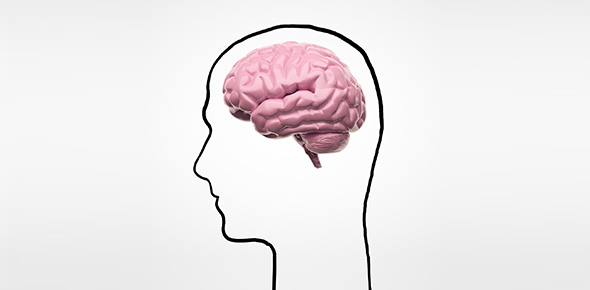Related Flashcards
Related Topics
Cards In This Set
| Front | Back |
|
Gliding Movements
|
One flat bone surface glides over another without appreciable angulation or rotation.
|
|
Angular Movements
|
Increase or decrease the angle between two bones
|
|
Flexion
|
Angular Movement; bending movement, usually along the sagittal plane, that decreases the angle of the joint and brings the articulating bones closer together.
|
|
Extensions
|
Angular Movement; reverse of flexion and occurse at the same joints. It involves the movement along the sagittal plane that increases the angle between the articulating bones, such as straightening a flexed neck, body trunk, elbow, or knee.
|
|
Hyperextension
|
Angular Movement; Bending the head backward beyond its straight position.
|
|
Dorsiflexion
|
Angular Movement; Lifting the foot so that its superior surface approaches the shin.
|
|
Plantar Flexion
|
Angular Movement; Depressing the foot (pointing the toes).
|
|
Abduction
|
Angular Movement; movement of a limb away from the midline or median plane of the body, along the frontal plane.
|
|
Adduction
|
Angular Movement; movement of a limb toward the body midline or, in the case of the digits, toward the midline of the hand or foot.
|
|
Circumduction
|
Angular Movement; moving a limb so that it describes a cone in space; the distal end of the limb moves in a circle, while the point of the cone is more or less stationary.
|
|
Rotation
|
Turning of a bone around its own long axis.
|
|
Supination
|
Rotating the forearm laterally so that the plam faces anteriorly or superiorly is supination.
|
|
Pronation
|
The forearm rotates medially and the palm faces posteriorly or inferiorly.
|
|
Inversion
|
The sole of the foot turns medially
|
|
Eversion
|
The sole faces laterally
|







